Playmobils win over critics at Artissima. Village of 20 toy houses wins
A village of Playmobil houses triumphs at the 26th edition of Artissima: it is the work of Julian Irlinger (Erlangen, 1986), who won the Campari Art Prize for the best artist under 35 chosen from those presented at the fair. Irlinger was presented at the Turin fair by Thomas Schulte Gallery in Berlin. The jury, composed of Philippe van Cauteren (director of SMAK Museum of Contemporary Art in Ghent), Manuela Moscoso (curator of Museo Tamayo in Mexico City and curator of the 2020 Liverpool Biennial), and Sam Thorne (director of Nottingham Contemporary) provided the following motivation, “We are very impressed with Julian Irlinger’s work that is rooted in archival research and found objects. Irlinger investigates design-related histories in relation to trade, ideologies and commodities to ask pointed questions about systems of classification and exchange. The presentation at the Thomas Schulte Gallery includes fragments of scanned images of currencies and a grid on the floor composed of small houses-concise reflections on how national identity finds form and spreads. We are curious to see what the collaboration between Julian and Campari will lead to.” In fact, Irlinger won the opportunity to produce a new exhibition in 2020 in the Galleria Campari spaces at Campari’s HQs in Sesto San Giovanni.
The list of winners is completed by the artists who won the other prizes offered in Turin. Yuri Ancarani (Ravenna, 1972), presented by Berlin-based Isabella Bortolozzi Gallery, is the winner of the OGR Award for video. The jury, composed of Naomi Beckwith (senior curator at the MCA - Museum of Contemporary Art in Chicago), Francesco Manacorda (director of the V-A-C Foundation in Moscow and Venice) and Vittoria Matarrese (performing arts director at the Palais de Tokyo in Paris) gave this motivation: “we are very proud to suggest the acquisition of the work of an important Italian artist who has managed to gain increasing recognition internationally. His practice is rooted in experimentation with moving images and is a significant tool for understanding Italy in transformation, while reflecting on its more recent history.”
Chinese artist aaajiao, presented by the House of Egorn gallery in Berlin, wins the illy Present Future Award for the most interesting emerging artist. The jury, composed of Carolyn Christov-Bakargiev (director of the Castello di Rivoli), Stefan Kalmár (executive director of the ICA - Institute of Contemporary Arts, London) and Agustín Pérez Rubio (curator of the Berlin Biennale 2020) gave the following motivation: “The jury unanimously awards the Chinese artist aaajiao who lives virtually between Berlin and Shanghai for his commitment to the exploration of subjectivity in the present time. Originally a computer programmer, this activist, multimedia artist and blogger has developed a body of work that translates and obscures the legibility of identity in order to question the normative expectations of the digitized self.” The award will give him the opportunity to have a solo exhibition at Castello di Rivoli in 2020.
Kimiyo Mishima (Osaka, 1932), presented by Kyoto’s Sokyo Gallery, wins the Sardi Prize for Art Back to the Future, reserved for galleries that present the most interesting projects in terms of historical relevance and booth presentation. The jury, composed of Marcella Beccaria (chief curator of Castello di Rivoli), Iwona Blazwick (director of the Whitechapel Gallery in London), Christine Macel (chief curator of the Centre Pompidou in Paris) and Lisa Parola (independent curator from Turin) gave this motivation: “the prize is awarded to Kimiyo Mishima as a sign of recognition towards an artist less known in Europe. Her practice combines the wisdom of the ephemeral and the poetics of fragility with the diaristic element of a life. Mishima absorbs pop culture and information within formally innovative experiments, which have included the invention of printing and silk-screen printing techniques on ceramics.”
Sheroanawe Hakihiiwe (Sheroana, 1971), presented by the ABRA Gallery in Caracas, wins the Refresh Irinox Prize for the artist who best enhances the medium of drawing in a contemporary way. The jury, composed of Simon Castets, director of the Swiss Institute in New York, Krist Gruijthuijsen, director of the KW Berlin Institute of Contemporary Art in Berlin, and Ole G. Slyngstadli, director of the Oslo Biennial, provided this motivation: “The jury unanimously chose to award the Venezuelan artist Sheroanawe Hakihiiwe for his exceptional proposal. The singular language of his drawings recalls the symbolism of Amazonian natives in its primordial forms, conveying the essence of abstraction through natural forms.”
The winner of the Ettore and Ines Fico Prize dedicated to a young artist is Guglielmo Castelli (Turin, 1987), presented by the Francesca Antonini Gallery in Rome and Rolando Anselmi Gallery in Berlin and Rome. The jury composed of the artistic direction of the Ettore Fico Museum provided the following motivation, “Guglielmo Castelli represents a new spirit in Italian painting. The roots of his research lie in deep soil of the international European culture of the last two centuries and drain sap from the highest and most refined history of art. An indefatigable artist, a bulimic and serial accumulator of an impressive amount of aesthetic information ranging from Bonnard to Bacon, from Scipio to the latest Lautrec, in his paintings everything is layered in a drafting on the borderline between figurative and abstraction, assimilating the veils, one on top of the otherother, in an encaustic technique between memories, fragments and quotations from the boundless human museum in which ”mastery“ is an integral and irreplaceable part of the artist’s work. Castelli is absolutely one of the young Italian talents who can dialogue, on an equal footing, with the contemporary international avant-garde.”
Below are photos of the winning works.
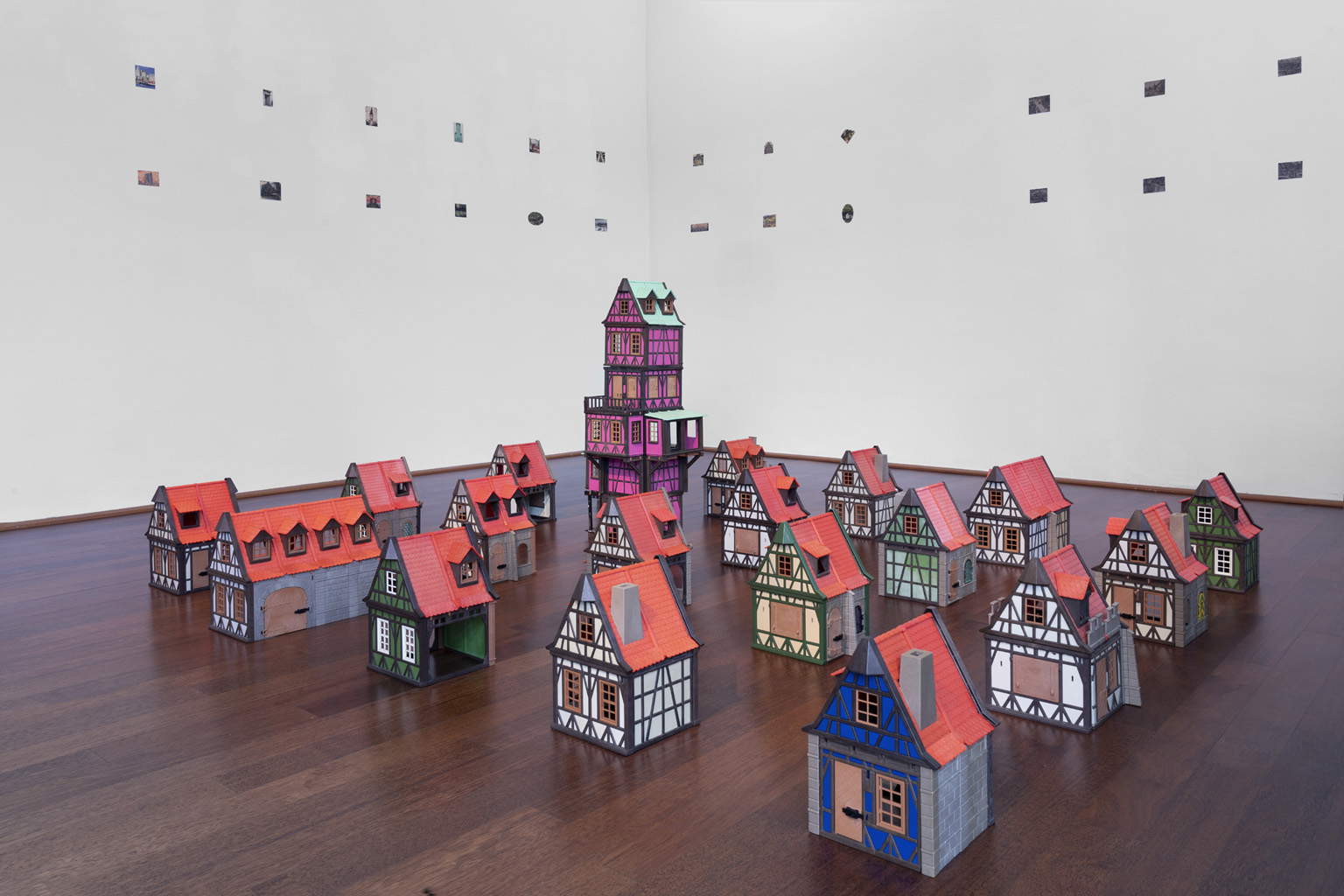 |
| Julian Irlinger, Untitled (2019; Playmobil houses) |
| aaajiao, Icon008 (2019; metal, print and acrylic painting, 79 x 99 cm) |
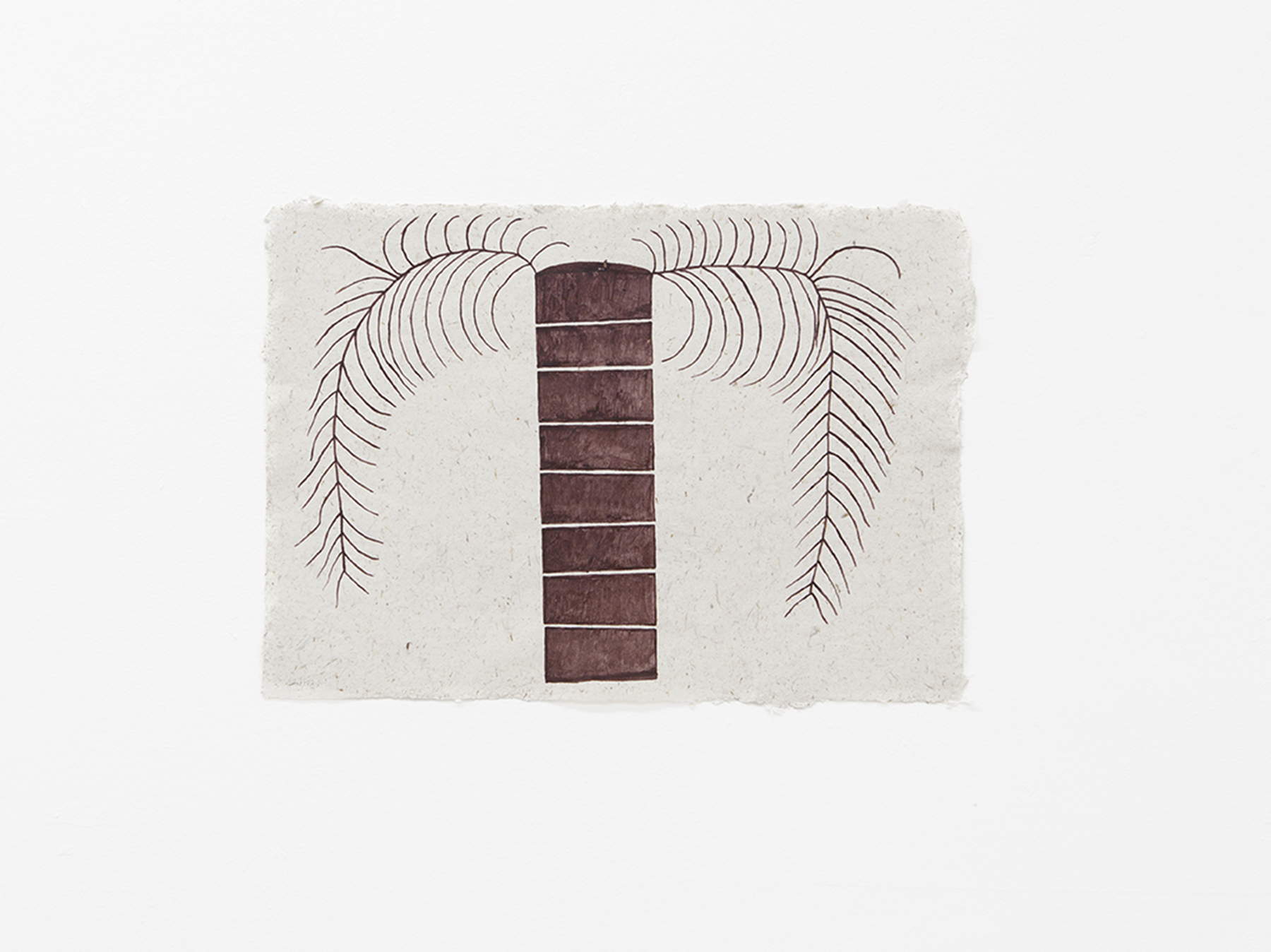 |
| Sheroanawe Hakihiiwe, Shitipa Si / Palm (2019; acrylic on paper, 43.5 x 62 cm) |
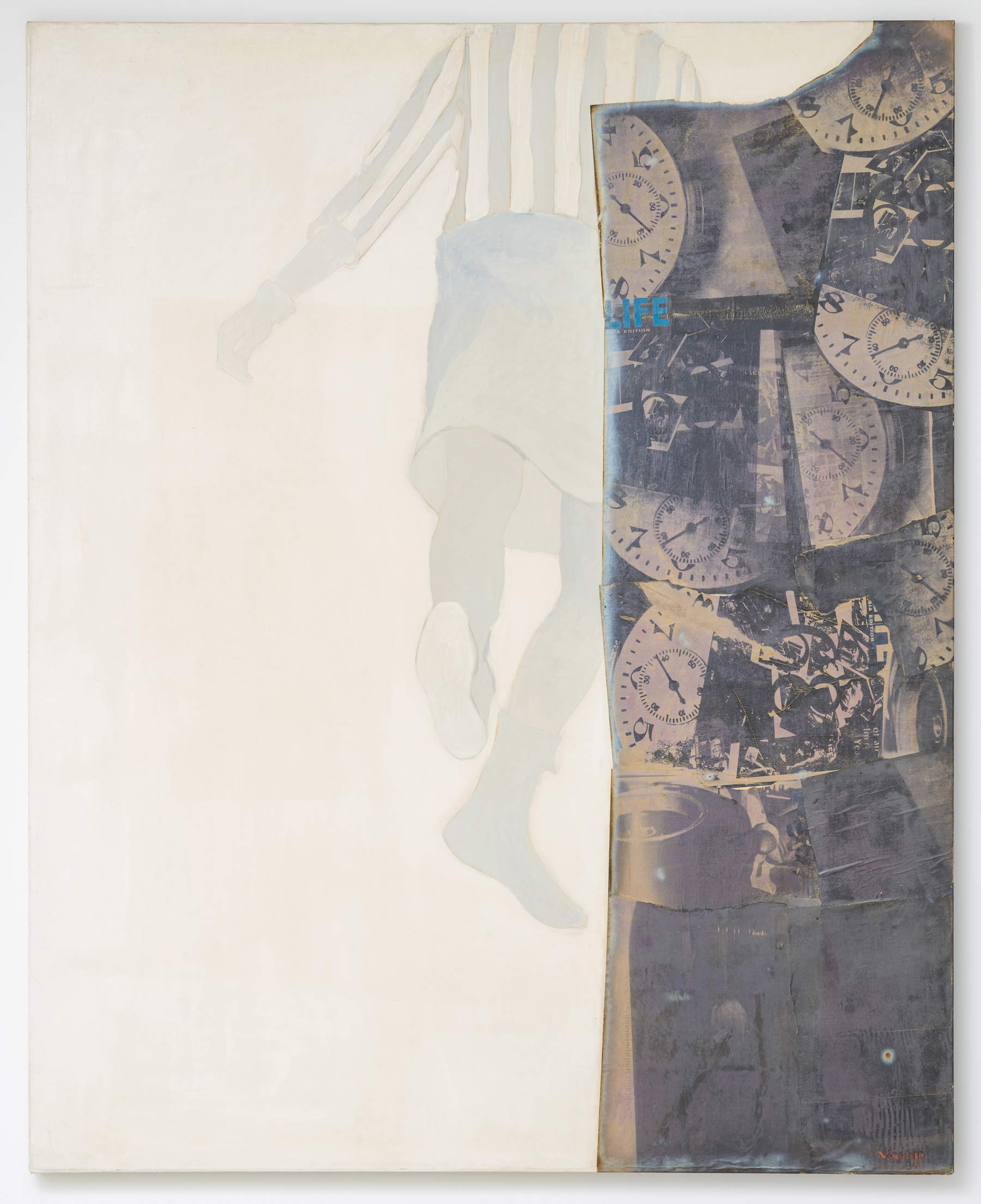 |
| Kimiyo Mishima, Work A (1970; mixed media, 162 x 130.5 cm) |
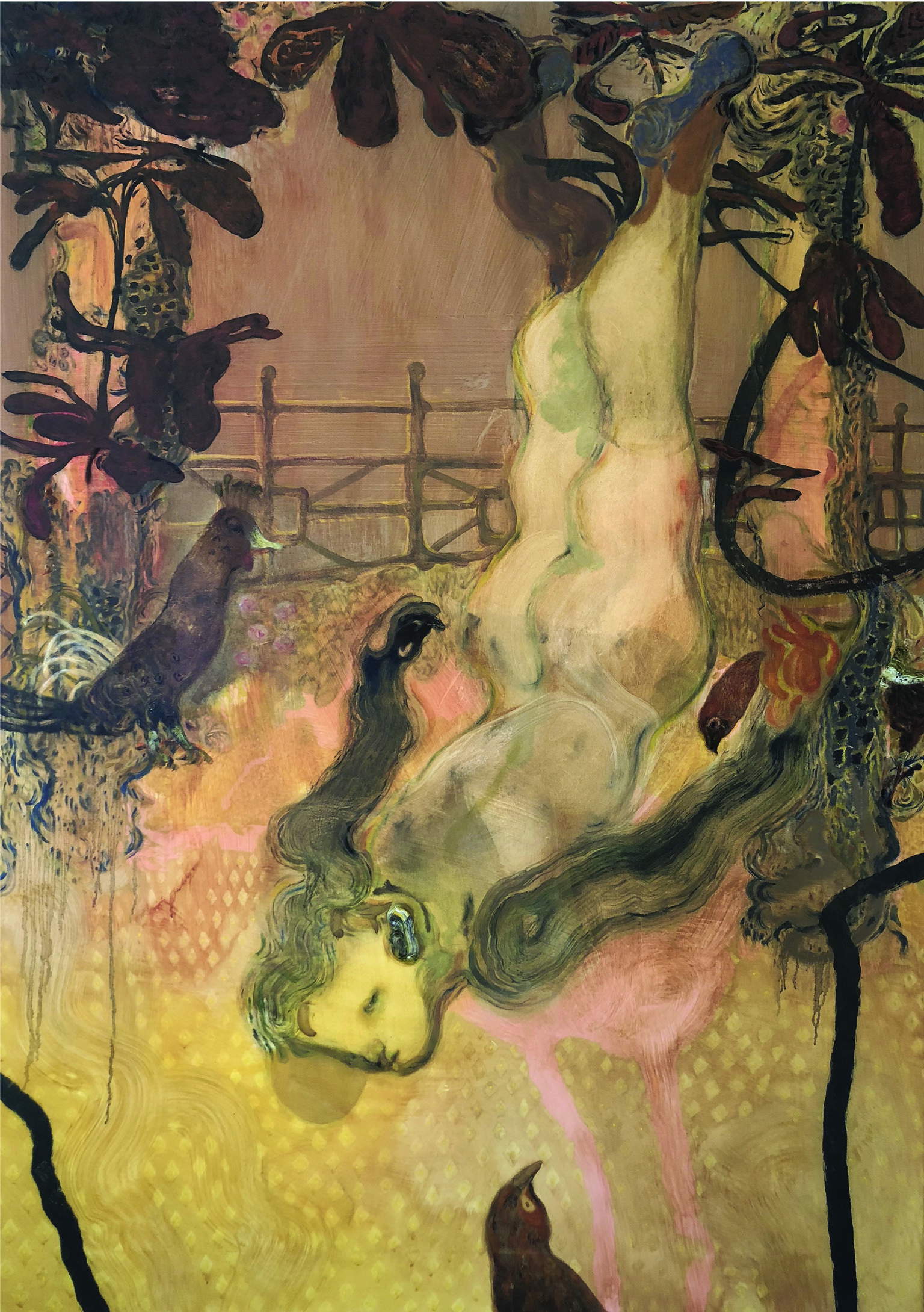 |
| Guglielmo Castelli, Che per fredda stagione foglia non perde (2019; mixed media on canvas, 140 x 100 cm) |
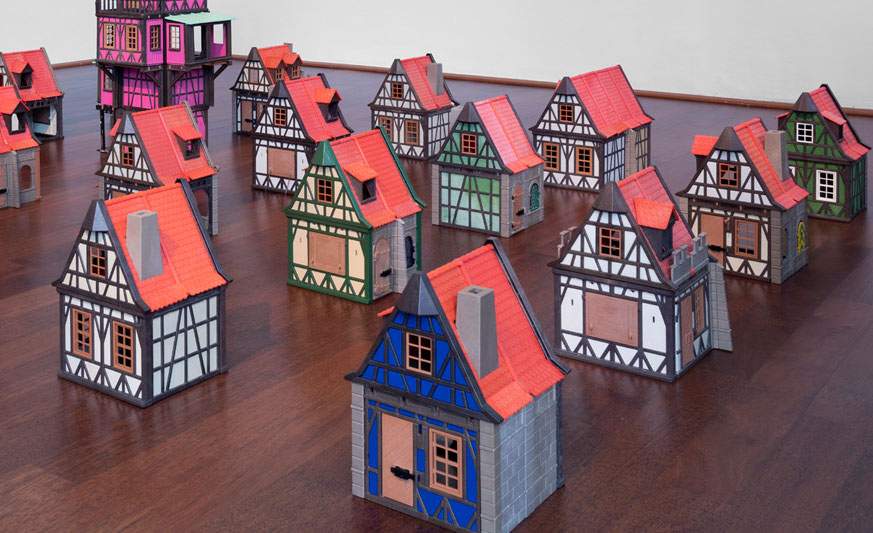 |
| Playmobils win over critics at Artissima. Village of 20 toy houses wins |
Warning: the translation into English of the original Italian article was created using automatic tools. We undertake to review all articles, but we do not guarantee the total absence of inaccuracies in the translation due to the program. You can find the original by clicking on the ITA button. If you find any mistake,please contact us.





























